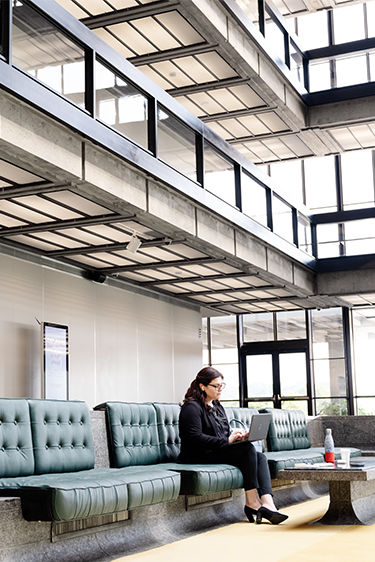Fiber Optics
Definition
Fiber optics is the technology used by internet services such as Verizon Fios home internet to transmit information as pulses of light through strands of fiber made of glass or plastic over long distances. Fiber optic broadband has historically been limited in where it is offered, though the U.S. Department of Energy is evaluating the feasibility of expanding fiber optic networks. (See if Verizon Fios fiber optics is available in your area.)
Optical fibers are about the diameter of a strand of human hair and when bundled into a fiber-optic cable, they’re capable of transmitting more data over longer distances and faster than other mediums. It is this technology that provides homes and businesses with fiber-optic internet, phone and TV services.
Fiber-optic cables
A fiber-optic cable contains anywhere from a few to hundreds of optical fibers within a plastic casing. Also known as optic cables or optical fiber cables, they transfer data signals in the form of light and travel hundreds of miles significantly faster than those used in traditional electrical cables. And because fiber-optic cables are non-metallic, they are not affected by electromagnetic interference (i.e. lightening) that can reduce speed of transmission. Fiber cables are also safer as they do not carry a current and therefore cannot generate a spark.
¿Qué es una red de fibra óptica?
There are several different types of fiber-optic networks but they all begin with optic cables running from the network hub to the curb near your home or straight to your home to provide a fiber-optic internet connection. The fastest type of fiber network is called Fiber to the Home (FTTH) or Fiber to the Premises (FTTP) because it’s a 100% fiber-optic connection with optical fiber cables installed to terminals directly connected to houses, apartment buildings and businesses.
Por otra parte, la Fibra (óptica) hasta la acera (FTTC) es una conexión de fibra parcial debido a que los cables ópticos se extienden por las aceras de los hogares y las empresas, y los cables de cobre transmiten las señales desde la acera el resto del tramo. De forma similar, la Fibra (óptica) hasta el edificio (FTTB) se realiza cuando el cable de fibra se extiende hasta un punto en una propiedad compartida, y el otro cableado brinda la conexión hasta las oficinas u otros espacios.
Fiber-optic internet
Fios -- the most awarded network for internet service satisfaction over the past 10 years.
Now that you know how fiber optics work, let’s talk about the many benefits of fiber-optic speed.
When you’re on a FTTH network, you’ll experience significantly faster upload and download speeds, more bandwidth for multiple devices at home and a reliable connection. And that’s exactly what you’ll get with Verizon Fios, the 100% fiber-optic network.
Fios Gigabit Connection in select areas offers speeds of up to 940 Mbps download and 880 Mbps upload. You’ll enjoy HD streaming, gaming, video conferencing and so much more on up 100 devices at a time –virtually lag-free. No wonder Fios has been rated #1 by industry leaders time and again. Shop for Verizon Fios and see if fiber internet is available in your area.
Citations:
National Science Foundation. Fiber Optics.
U.S. Department of Energy’s 2020 Report on Fiber Optics Feasibility
También te podría interesar:
- How to use a wifi extender or wifi booster
- What’s the difference between 4G LTE and 5G? Understanding network speeds
- 4G LTE speeds vs. your home network
- Antivirus
- VPN
- 8 reasons you should see if Verizon is available in your new home
- Sugerencias para nómadas digitales con un estilo de vida Van Life
- Providing fast internet, one innovation at a time.
- Fiber Optic Internet FAQ
- Preguntas frecuentes acerca de internet residencial
- Preguntas frecuentes sobre LTE Home Internet
- More on Home
Páginas relacionadas
Personaliza tu plan con myHome
Ingresa tu código postal y ve qué opciones de Internet residencial están disponibles en tu área.





